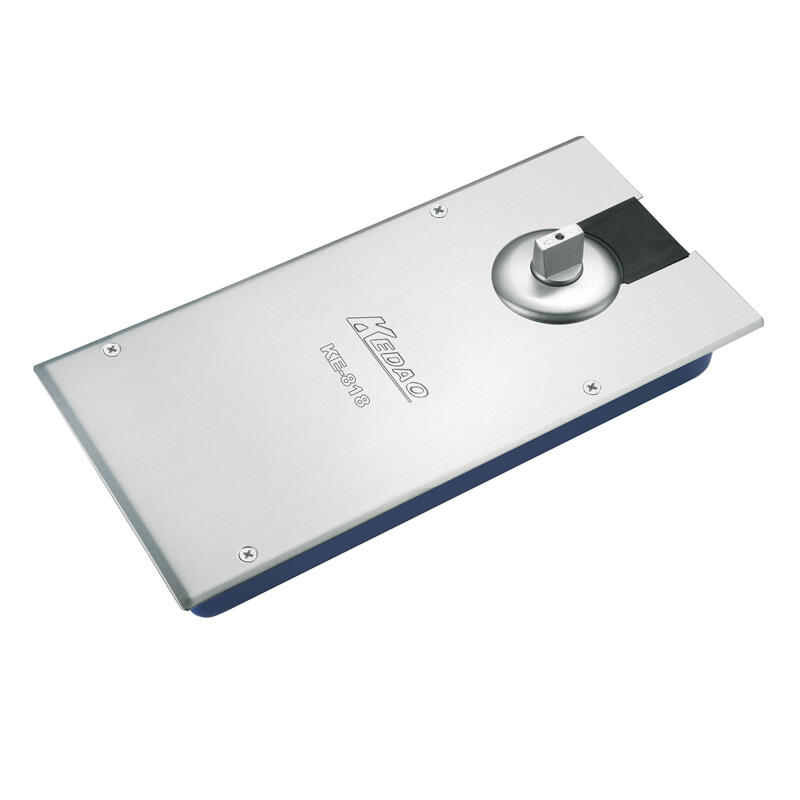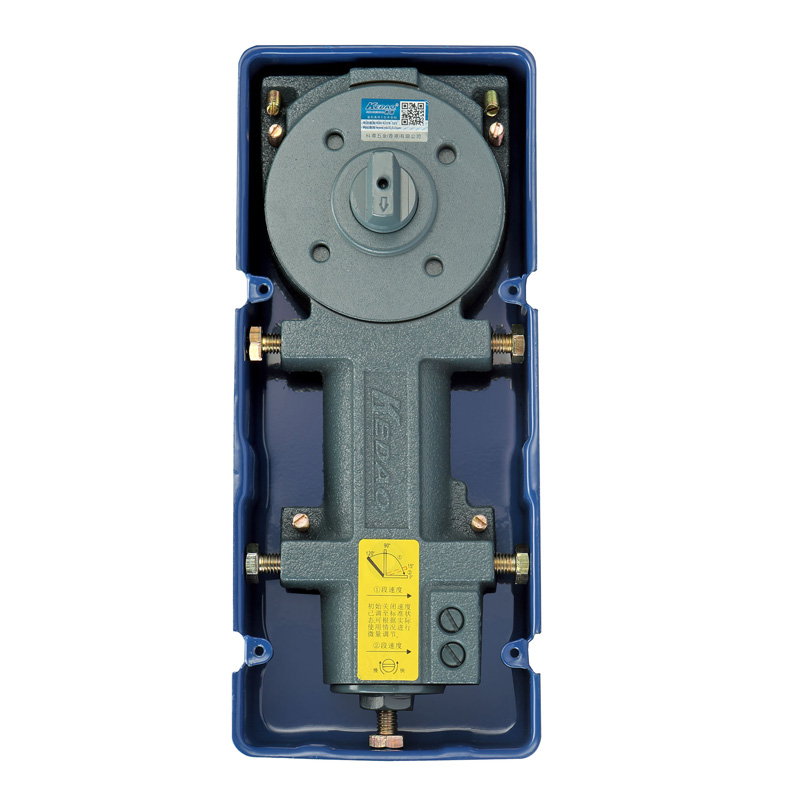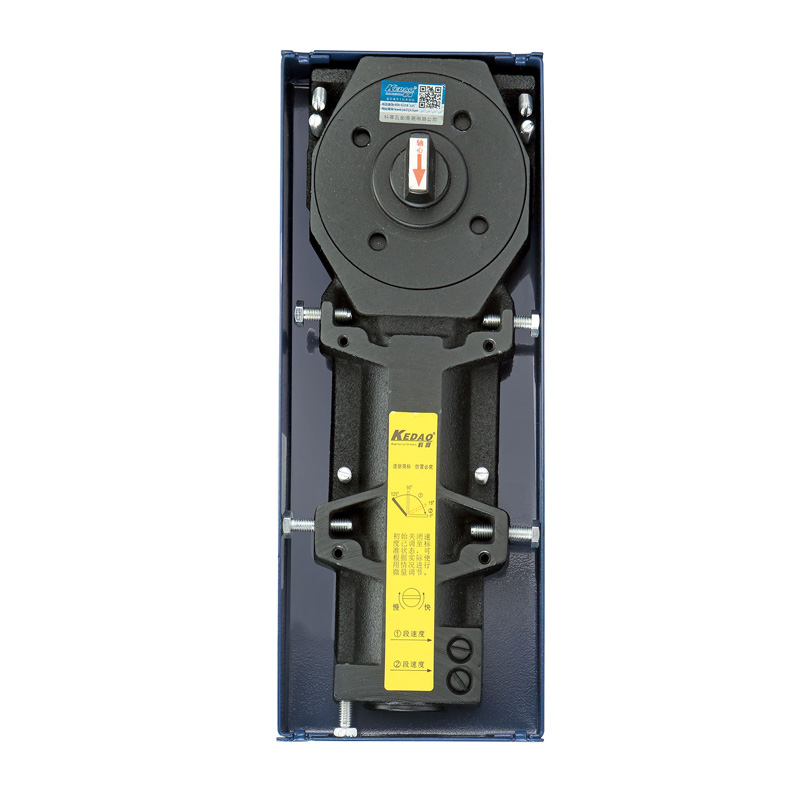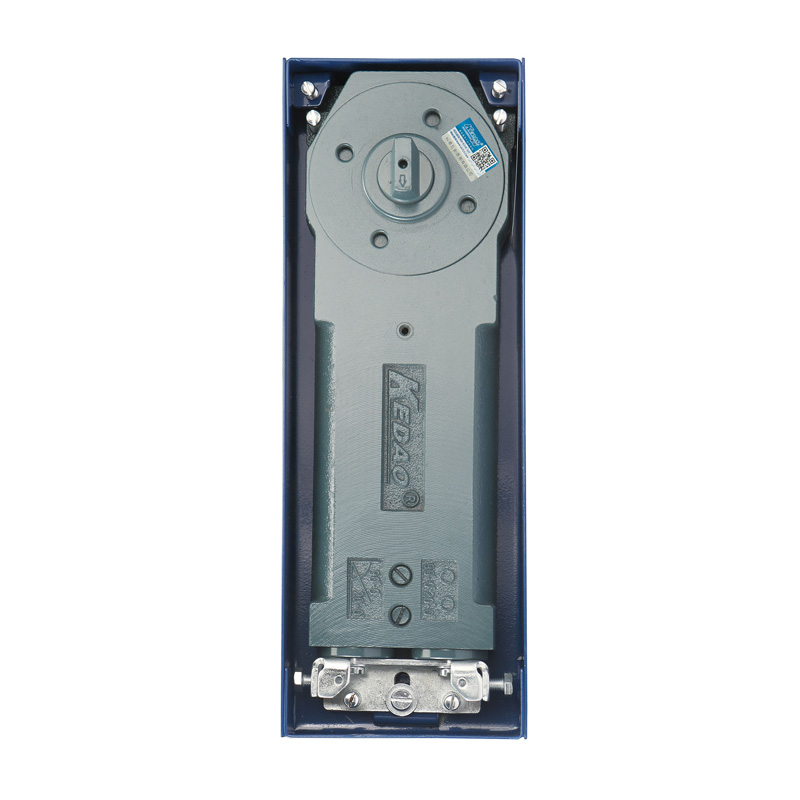Selecting the right floor spring for your building is essential to ensure smooth operation and longevity.
Floor springs play a crucial role in controlling the movement of doors, especially heavy ones, and provide reliable support.
With various options available in the market, it can be overwhelming to determine which floor spring is best suited for your building's specific requirements.
Factors to Consider When Choosing the Right Floor Spring
Door Weight and Size
The first and most crucial consideration is the weight and size of the door that the floor spring will be supporting. Floor springs are designed to handle different weight capacities, so it is vital to know the weight of your door accurately. Measure the dimensions of your door and consult the manufacturer's guidelines to ensure the chosen floor spring can handle the load effectively. Choosing a floor spring with the appropriate weight capacity will prevent any issues related to door misalignment or failure.
Traffic Volume
Consider the traffic volume in your building to determine the frequency and intensity of door usage. High-traffic areas, such as commercial buildings or public spaces, require floor springs that can withstand constant usage without compromising functionality. Heavy-duty floor springs are designed to endure rigorous daily activities, while lighter traffic areas may require standard-duty options.
Type of Door
Different types of doors require specific floor spring configurations. Whether you have a single-action or double-action door, swing or center-hung door, or a fire-rated door, it is crucial to choose a floor spring that is compatible with your door type. Some floor springs are specifically designed for certain door types, so be sure to consult the top floor spring manufacturer's specifications and recommendations.
Operating Mechanism
Consider the desired operating mechanism for your doors. Floor springs can be classified into two main types: mechanical and hydraulic. Mechanical floor springs are typically more economical and suitable for lighter doors, while hydraulic floor springs offer smoother and more controlled door movements, making them ideal for heavier doors. Evaluate your building's needs and priorities to determine which operating mechanism will provide the best functionality and user experience.
Aesthetic Considerations
While functionality is paramount, aesthetics also play a significant role in building design. Floor springs come in various finishes and designs to complement the overall architectural style. Whether you prefer a concealed or visible floor spring, make sure it aligns with your building's aesthetics while meeting the necessary functional requirements.
Safety and Accessibility
Consider safety and accessibility regulations when selecting a cost-effective floor spring. Depending on your building's location and purpose, you may need to adhere to specific safety standards, such as ADA (Americans with Disabilities Act) requirements. Ensure that the chosen floor spring allows for easy and safe operation, accommodating individuals with disabilities and ensuring smooth passage for everyone.
Consult with Professionals
If you are unsure about which floor spring is most suitable for your building, it is always beneficial to consult with professionals in the field. They can assess your building's unique requirements and suggest the right floor spring that meets all necessary criteria. The high quality floor spring manufacturer, engineers, or door hardware specialists can provide valuable insights and help you make an informed decision.






